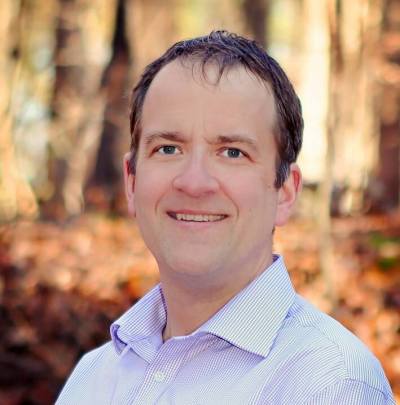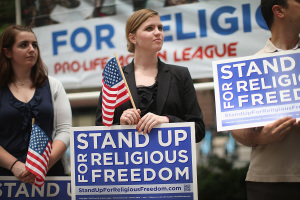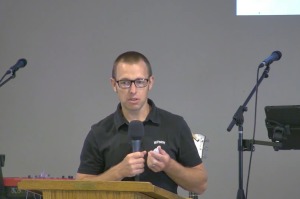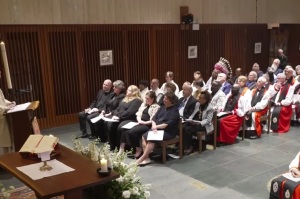Megachurches Have Less Involved Members Than Smaller Congregations, Study Finds

Members of large churches are less involved than those of smaller congregations, according to a recent study from Duke University.
Research published last week by the American Sociological Association's journal Socius found, according to its abstract, "a negative relationship between size and the probability of attendance for Conservative, Mainline, and black Protestants and for Catholics in parishes larger than 500 attenders."
"The addition of control variables does not change these patterns. These results support the theory that group cohesion lies at the heart of the size-participation relationship in churches," continued the abstract.
"With the rapid growth of megachurches in the United States, a negative relationship between size and frequency of attendance could serve to accelerate aggregate declines in attendance.
The research was headed by David Eagle, a researcher at Duke's Center for Health Policy and Inequalities Research based in Durham, North Carolina.

In an interview with The Christian Post, Eagle explained that he became interested in this topic while serving as a pastor in Canada.
"I also pastored at a time when leaders in my denomination really pushed church growth and argued that building big churches had the most promise of attracting non-Christians," said Eagle.
"I was skeptical of this approach, and began to think that an emphasis on growth could lead to unintended consequences — things like creating a less involved membership."
Eagle also told CP that he "wasn't all that surprised" by the findings, noting that German sociologist Georg Simmel (1858-1918) "argued that big groups create a less involved membership."
"But what I found really interesting was that the rapid increase in the number of really big churches might actually tie into what many have observed — the declining importance of religion and religious involvement in the US," continued Eagle.
"I wondered if megachurches are a reflection of that — they provide places where people can go less frequently, whose comings and goings may not be noticed and where more staff means that they don't need to take on as major a volunteer role as they would in a smaller church."
Drawing upon data from National Congregations Study and the General Social Survey, Eagle's research divided the sample space into four main categories: "Roman Catholic," "Conservative Protestant," "Black Protestant," and "Mainline Protestant."
"The results show that there is a small negative association between size and attendance for white Conservative Protestants but that it is not statistically significant. For white Mainline and black Protestants the models demonstrate that a strong, negative relationship exists between size and the probability of attendance," concluded the study.
"For Catholics the model indicates a modest positive relationship initially, which then turns negative for congregations with more than 500 participants. The addition of control variables does little to change these patterns."
Eagle told CP that he believed three factors were generating this trend: megachurches having an inherent appeal for those who do not want to regularly attend church, megachurch attendees struggling to form social connections, and megachurch attendees having more members with high incomes than smaller congregations.
"The biggest factor influencing household income, beyond occupation, is whether there are two earners in the home. My research suggests that megachurches are attracting more dual-income families, who are much more time-stressed," said Eagle.
"The number of dual-income professional families have risen steeply since the 1980s and the number of discretionary hours (i.e. hours to volunteer) available to families has also declined. Time stressed families, because they don't have as much discretionary time, gravitate to larger churches where they can pick and choose their involvement."




























